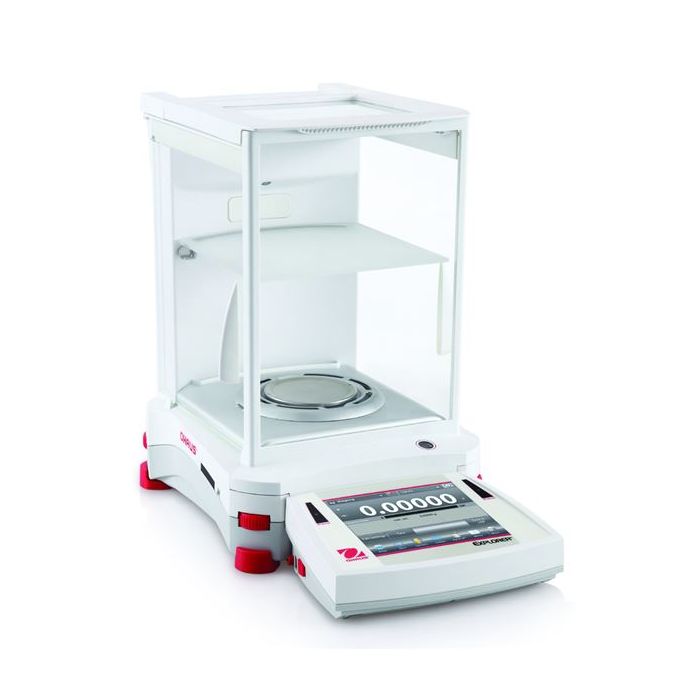In the world of scientific research, precision is paramount. Whether it’s formulating a new pharmaceutical compound, conducting environmental analysis, or performing chemical synthesis, the need for accurate measurements cannot be overstated. Among the various tools available to scientists, analytical balances stand out as a cornerstone of modern laboratories. These devices, engineered to measure small mass in the sub-milligram range, are crucial for achieving the high degree of accuracy required in scientific experiments.
Types of Analytical Balances
Microbalances
Microbalances are designed to measure small masses with an exceptional degree of accuracy, typically in the range of 0.1 µg to 10 mg. These balances are essential for applications requiring ultra-precise measurements, such as microanalysis and the preparation of high-purity standards.
Semi-Microbalances
Semi-microbalances offer a balance between range and sensitivity, capable of measuring masses with a readability of 0.01 mg. They are commonly used in analytical chemistry and pharmaceuticals, where precise quantification of substances is necessary but the samples are not as minuscule as those measured by microbalances.
Ultra-Microbalances
Ultra-microbalances are the pinnacle of precision, capable of measuring down to the sub-microgram level. These instruments are indispensable in fields such as nanotechnology and biotechnology, where even the smallest variation in mass can significantly impact experimental outcomes.
Importance of Accurate Measurements
Accurate measurements are fundamental to the integrity and reproducibility of scientific research. Analytical balances provide the precision needed to ensure that experiments can be replicated and verified. In pharmaceutical research, for example, the precise measurement of active ingredients is critical to the efficacy and safety of medications. In environmental science, accurate quantification of pollutants can inform policies and interventions. Across all scientific disciplines, the reliability of data hinges on the accuracy of measurements, making analytical balances indispensable.
Features to Look for in Analytical Balances
When selecting an analytical balance, several key features should be considered to ensure it meets the specific needs of the laboratory:
Readability
Readability refers to the smallest difference in mass that the balance can detect. High readability is crucial for applications requiring fine measurements, such as microanalysis.
Repeatability
Repeatability, or precision, indicates the balance’s ability to consistently produce the same measurement for the same sample. This is essential for ensuring the reliability of experimental results.
Calibration
Calibration ensures that the balance provides accurate measurements. Modern analytical balances often come with automatic calibration features, which adjust the balance to compensate for changes in environmental conditions, such as temperature and humidity.
Stability and Sensitivity
A balance’s stability and sensitivity determine its performance in different operating environments. Features such as vibration dampening and draft shields can enhance stability and sensitivity, leading to more accurate measurements.
Maintenance and Calibration
Proper maintenance and calibration are vital for preserving the accuracy and longevity of analytical balances. Regular calibration checks using certified weights should be performed to ensure continued accuracy. Additionally, balances should be kept clean and free from dust and contaminants, which can affect measurements.
Environmental factors such as temperature fluctuations, humidity, and air currents can also impact balance performance. Therefore, it is advisable to place balances in controlled environments and use protective measures like draft shields.
Also Read: Exploring Electronic Balances: Their Functionality, Operation, and Advantages
Conclusion
Analytical balances are the unsung heroes of modern scientific research, providing the precision and accuracy needed to uphold the integrity of experimental data. From their historical origins to the cutting-edge technologies of today, these instruments have evolved to meet the ever-increasing demands of scientific inquiry.
For scientists, research institutions, and laboratory technicians, understanding the different types of analytical balances and their features is crucial for selecting the right tool for their specific needs. Proper maintenance and calibration practices ensure that these instruments continue to deliver reliable measurements, while emerging trends promise to further enhance their capabilities.

